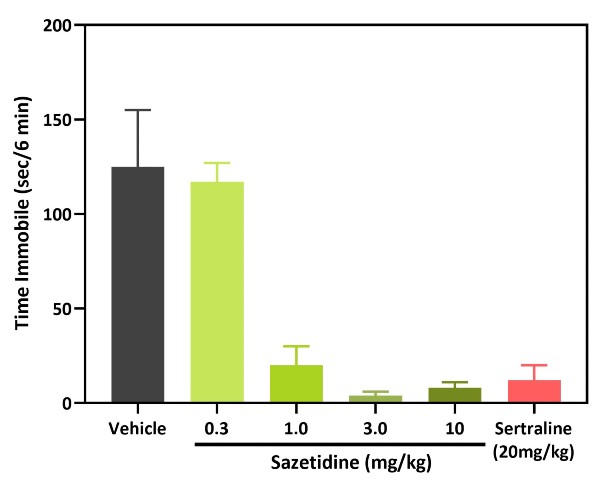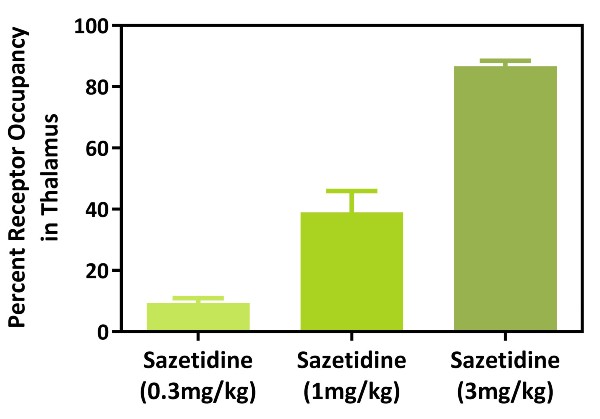Receptor Autoradiography
In vivo & ex vivo receptor occupancy (RO) offers a simple yet powerful way to measure compound/target engagement using a selective radioligand and receptor autoradiography. Beta – imaging technology, developed by Biospace Lab, France, significantly shortens the time needed for assessment of specific binding in the brain (hours versus weeks for tritiated ligands).
Figure 1: Ex vivo receptor occupancy allows to establish correlation between occupancy at the receptor with both in vivo behavioral efficacy and drug exposure. High correspondence between behaviorally active doses of sazetidine in the forced swim test (1A) and α4β2 nicotinic acetylcholine receptor (nAChR) occupancy in the brain (1B). Specifically, sazetidine was inactive in the forced swim test at 0.3 mg/kg (i.p.) and showed very low receptor occupancy at this dose (<10%). In contrast, doses of sazetidine (1 and 3 mg/kg, i.p.) that produced robust behavioral activity in the forced swim test, corresponded with high levels of occupancy at the α4β2 nAChRs (~40% and ~90% respectively).
Data published in: Psychopharmacology (Berl). (2011) 217(2): 199-210.





